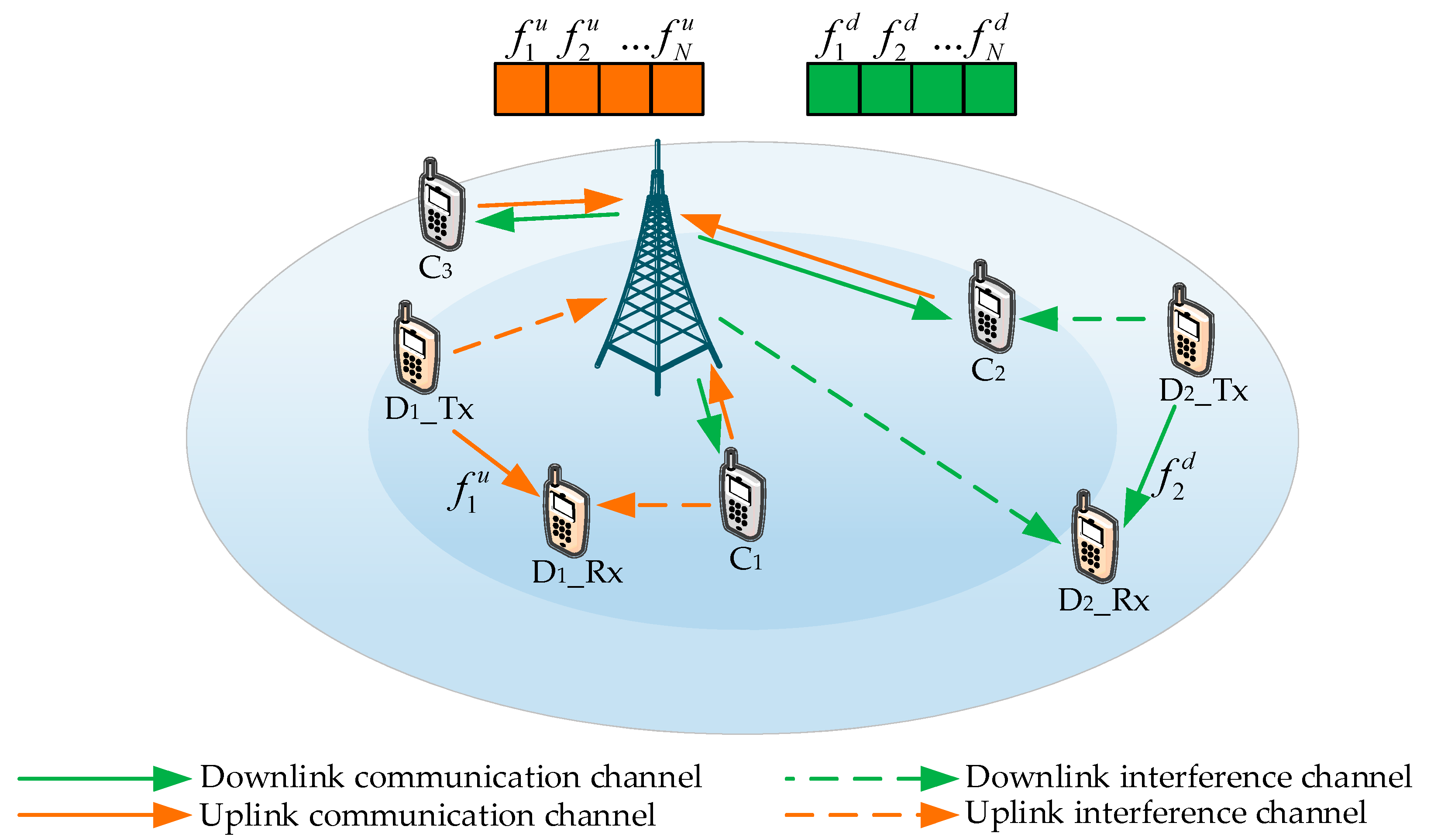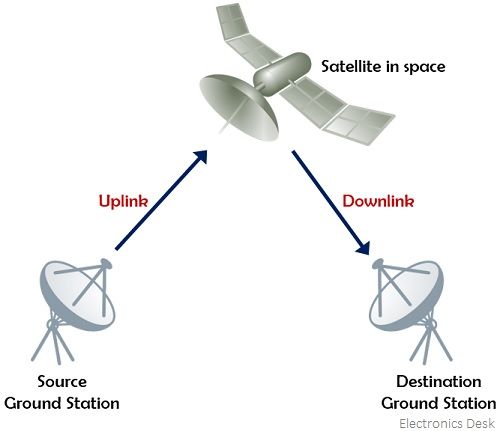

#Downlink uplink manual#
Its better to use the manual mode, so we can control how the access points are connected. Meshing is most of the time enabled by default and set to Auto. Step 2 – Enable Meshing on the Uplink Access Point However, its also possible to wirelessly adopt the access point (more about that later). The fastest way to do this is to connect the access point with a wire to the switch. The first step is to adopt the new access point in the Unifi network. Use channels 1,6 or 11 for 2.4GHz and 36 or 44 for 5Ghz.

The downlink access point can be set to auto, but the uplink access point should have a fixed channel. Make sure that you have configured static channels on your wired access points. Downlink is the access point that is wirelessly connected to the uplink (wired) access point. During the set up we will talk about the downlink and the uplink access point. We are going to start with a simple setup, connecting a single Unifi access point wireless to another. To create a wireless uplink you will need to have at least one connected and configured Unifi access point within range of the new access point.

The UAP-AC and UAP-AC-Outdoor do not support wireless uplink at all. The only difference with the older models is that they dont support multi-hop (mesh network): You can create a wireless uplink with pretty much all the latest Unifi Access Point and also some of the older models. Also, make sure that the firmware on your access points is up to date and that all access points are running on the same firmware version. Wireless Uplink Requirementsīefore we start its important that you are running one of the latest Unifi Network versions.
#Downlink uplink how to#
In this article, I will explain how to set up an Unifi wireless uplink connection, take a look at multi-hob uplinks and explain the difference between mesh and uplink. However, when that is not possible, we can create a wireless uplink with pretty much any Unifi access point. Because it will give the best performance for your wireless devices and its easier to maintain. Keep in mind that a wired connection is always preferred. This way you only need to have power for the access point. With a wireless uplink, you connect the access point wireless to another access point. In these cases, you can create an Unifi Wireless Uplink connection. All the ONTs are allocated on different distance from central office, so OLT is using range calculating technique, which allows OLT to prevent all the collisions, and adjust timing correctly.When you want to extend your wireless network you dont always have to option to connect every access point wired to your switch. These permissions are synchronized so the data floats from different ONTs don’t collide. Operation of a time-division multiple access protocol. OLT is sending permissions to all ONTs, so they have specified time slot.įigure 2. For avoiding collisions the TDMA protocol is used by system. Sending information upstream is more complicated, since all the users are sharing one wavelength. For safe streaming and privacy, encryption may be used, since all the ONTs get all the information. Multiplexed signal is sent to all ONTs, and packages are accepted or declined, depending on packet address header. At the input it is having one stream at N x R bps rate. It is having N outputs for N different users each output is running at R bps rate. Operation of a time-division multiplexing process. Last method is TDM (Time-Division Multiplexing) is combining voice and data streams.įigure 1. Also the amount of time-slots for user vary from many different factors, such as user priorities, the speed and quality for specific customer (guaranteed), amount of time slots requested by user, etc. Another method is DBA (Dynamic Bandwidth Allocation), which is more effective, because empty and not used time slots are reassigned to another user, who is active at this time. This method is not efficient in cases when some users don’t have information to send, which will make a signal have many empty time slots. Easiest one to do is TDMA (Time-Division Multiple Access), when every user have specified time slot and prearranged data rate. There are three main methods to solve this problem. At the same time, for all (up to 32 or 64) ONU use the same wavelength, so it needs some synchronization that will help to avoid collisions from different ONUs. OLT supposed to control user traffic and dynamically assign bandwidth to ONT (ONU).


 0 kommentar(er)
0 kommentar(er)
